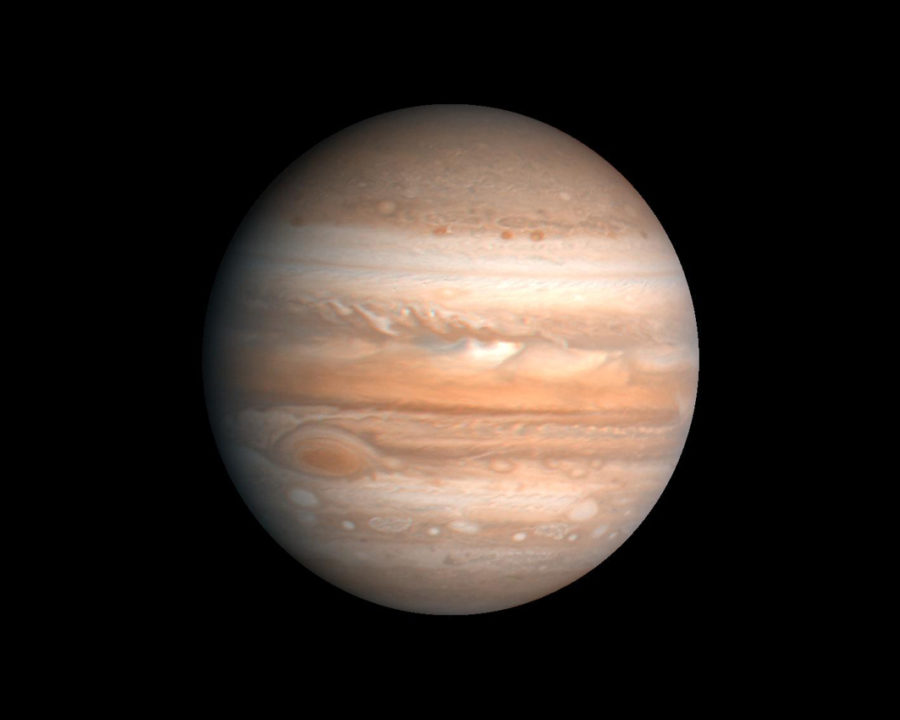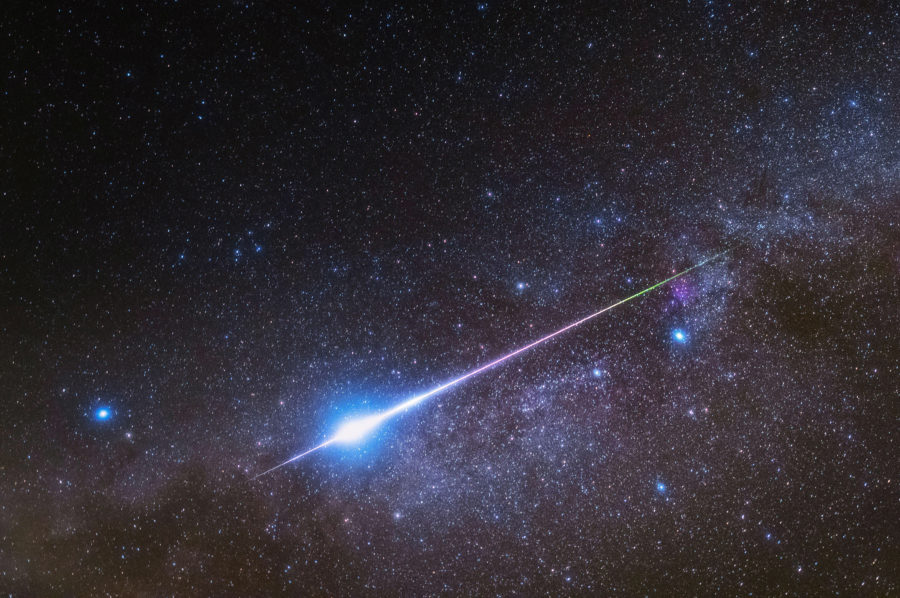Expect ‘extraordinary’ views of Jupiter tonight, says NASA

Jupiter has reached opposition, making the planet appear larger and brighter in the sky than any other time year.
But while opposition occurs every 13 months, what makes today (26 September) so special is that it coincides with Jupiter also making its closest approach to Earth since 1963.
“This happens because Earth and Jupiter do not orbit the Sun in perfect circles – meaning the planets will pass each other at different distances throughout the year,” explains NASA in a statement.
“Jupiter’s closest approach to Earth rarely coincides with opposition, which means this year’s views will be extraordinary.”
When at its furthest distance from Earth, Jupiter is approximately 600 million miles away. Today it will be as close as 367 million miles, about the same distance it was in 1963.
Views of the planet will be so clear, a set of binoculars is all stargazers will need to witness the phenomenon.
“Outside of the Moon, it should be one of the (if not the) brightest objects in the night sky. With good binoculars, the banding (at least the central band) and three or four of the Galilean satellites (moons) should be visible,” says Adam Kobelski, a research astrophysicist at NASA’s Marshall Space Flight Center.
For extra keen astronomy enthusiasts, Kobelski says to see Jupiter’s Great Red Spot and bands in more detail, use a larger telescope (four inches or larger). He also reccomends using green to blue range filters to enhance the visibility of these features.
View from Australian skies
“The view from Australia will be very good – as it will be from most of the world,” says Dr Martin George from the International Planetarium Society.
Dr George says Jupiter will be at its closest point to Earth at midday AEST but will start becoming visible in the eastern sky as twilight fades.
“Jupiter appears as a bright yellowish-white point of light, outshining all of the stars. As the evening progresses, the planet will move higher in the sky (because of Earth’s rotation), reaching its highest around midnight, then sinking into the west as dawn approaches.
“Even a small telescope will clearly show the disc of Jupiter and its four brightest moons… looking like star-like points of light near the planet. However, at any given time, fewer may be visible because of one or more being in front of, or behind, Jupiter. Even a good pair of binoculars, held steadily, will show these satellites.”
‘A fine period for Jupiter observation’
If tonight’s weather proves unfavourable, fear not, views of Jupiter will be just as spectacular over the coming days.
“It’s simply the very best time in a fine period for Jupiter observation,” says Dr George.
“Over the past several days and over the next few days, the distance between Earth and Jupiter changes only very slightly. Jupiter’s apparent size would be undetectably different through the telescope for many nights before and after tonight.”


